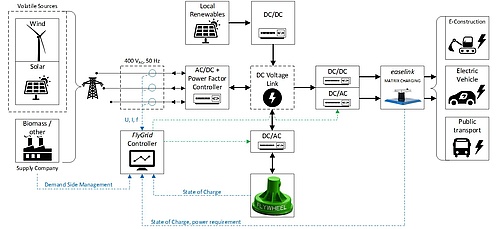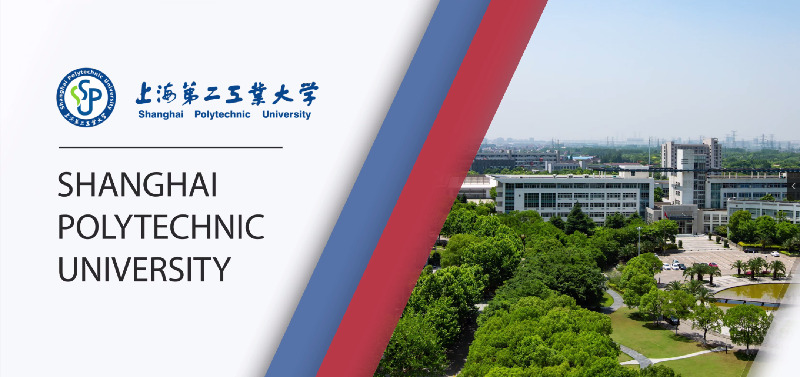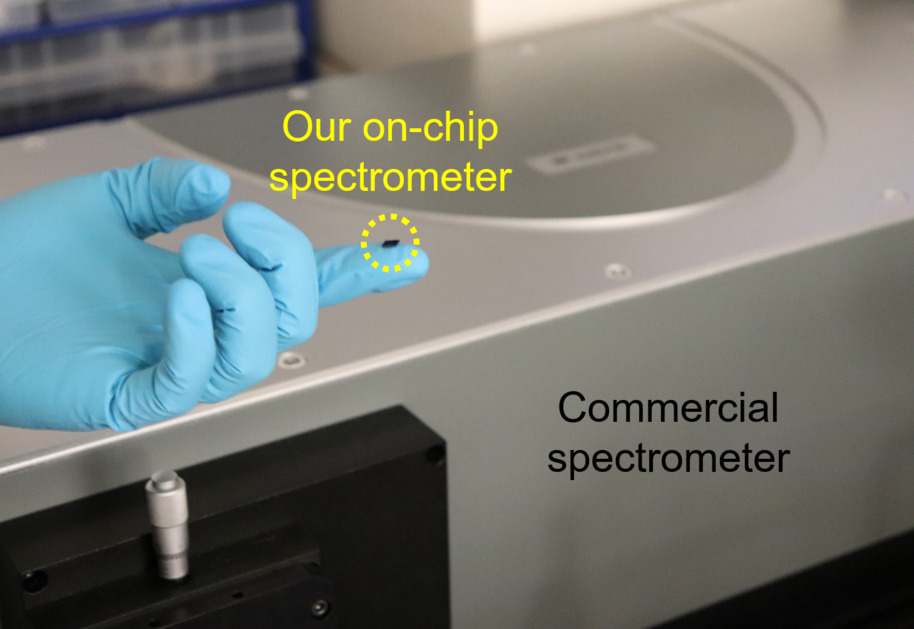
Enhanced photothermal conversion and thermal conductivity of phase change n-Octadecane microcapsules shelled with nano-SiC doped crosslinked polystyrene
CREDIT: Green Energy Futures from flickr. (https://www.flickr.com/photos/greenenergyfutures/30097815757)
The newly designed microcapsule demonstrates enhanced heat transfer and storage as well as high-performance photothermal conversion
It is no news that society’s dependence on non-renewable fossil fuels has led to the ongoing global energy and climate crisis. The emissions from coal, natural gas, and petroleum-based fuel are major contributors to air pollution and, in turn, global warming. In society’s attempt to shift to a sustainable, carbon-neutral energy economy, solar energy holds much promise. Abundant and eco-friendly, solar energy, if harnessed efficiently, can reduce our dependence on conventional sources of energy.
In this regard, phase change materials (PCMs), substances which release/absorb sufficient energy at phase transition (in the form of latent heat) to provide useful heating/cooling, are a popular candidate as solar energy storage devices. Studies have shown that a solar-powered PCM-based cooling system can reduce the ambient temperature by 30°C. Unfortunately, practical PCMs suffer from leakage and corrosion issues. Moreover, they show poor heat transfer properties owing to low thermal conductivity. While this can be solved by using metal PCMs, it makes the PCMs costlier and bulkier.
One way around these issues, as studies have shown, is to encapsulate the PCMs in microcapsules with high-conductivity fillers, such as nanoparticles. This can protect them from the damaging effects of light, heat, moisture, and oxygen as well as improve their heat transfer properties. Additionally, many researchers have resorted to low-density, non-metallic, high thermal conductivity nanoparticles for this purpose, which avoid the issues of metallic nanoparticles.
In a recent breakthrough, researchers from China and USA synthesized PMC microcapsules showing unprecedented photothermal conversion and heat transfer by using n-Octadecane (ODE) as the PCM core and a silicon carbide (SiC) nanoparticle-doped crosslinked polystyrene (CLPS) as the outer shell. “Phase change microcapsule materials have been the focus of our research. In a previous study, we found that a single organic shell has defects in thermal conductivity and stability, while a single inorganic shell is not satisfactory in compactness and coverage. Therefore, we began to focus on doping organic shells with inorganic nanoparticles to obtain organic-inorganic hybrid shells,” explains Prof. Jifen Wang from Shanghai Polytechnic University, China, one of the authors of the study, which was published online on 29 September 2022 in Energy Storage and Saving.
In their work, the team prepared a series of four microcapsules using a method called “suspension polymerization.” They then characterized the microcapsules using scanning electron microscopy, energy-dispersive X-ray spectroscopy, and Fourier transform infrared spectroscopy. The results indicated that the microcapsules were spherical and the nano-SiC particles were embedded in the CLPS shells, aiding the heat transfer and photothermal conversion efficiency of the microcapsules.
The team next tested the thermal properties of the microcapsules and found that they showed superior photothermal conversion and thermal conductivity compared to the non-doped samples. Among the four types of doped microcapsules, the one with 1.25 wt% nano-SiC doping demonstrated the best performance, with a 54.9% photothermal conversion efficiency, a whopping 146% higher its non-doped counterpart!
With such encouraging results, the novel PCM microcapsule shells could provide a solid framework for further research on energy materials with excellent solar energy storage and conversion efficiency. The study also opens new doors to the practical application of multifunctional phase change microcapsules. “These microcapsules can have significant potential applications as energy storage materials in solar energy devices, intelligent thermal insulation equipment, and energy-saving buildings,” says Prof. Wang.
Her visions may not be too far from being realized!
Original Article: Shanghai Polytechnic University researchers develop new efficient phase change microcapsules for storing solar energy
More from: Shanghai Polytechnic University
The Latest Updates from Bing News
Go deeper with Bing News on:
Solar energy storage
- ESS Inc. to Present at the Deutsche Bank 2024 Global Solar & Clean Tech Conference and the TD Cowen 2nd Annual Sustainability Week
ESS Tech, Inc. ("ESS," "ESS Inc.") (NYSE:GWH), a leading manufacturer of long-duration energy storage systems (LDES) for commercial and utility-scale applications, announced today that ESS management ...
- Texas energy storage dash brings 1 GW batteries within sight
Developers are installing larger batteries in Texas, with or without solar, capitalising on cost savings to maximise power revenues.
- Sunrun to aid California in its electricity imbalance with home solar and battery VPP
This year’s VPP, called CalReady, will be run via the state’s Demand Side Grid Support program, administered by the California Energy Commission. The program comes as part of California’s Strategic ...
- Energy Vault to deploy two battery energy storage systems in Australia
Energy Vault (NYSE:NRGV) +2.8% pre-market Thursday after saying it reached agreements to deploy two battery energy storage systems totaling 400 MWh in Australia; financial terms were not disclosed.
- Companies ink major deal on energy storage system: 'To ensure a stable and reliable energy grid'
Because the battery system will store this energy from wind and solar power, it will also be clean, making it safer and more sustainable. Companies ink major deal on energy storage system: 'To ensure ...
Go deeper with Bing News on:
Phase change microcapsules
- What is the moon phase today? Lunar phases 2024
What is the moon phase today? Today ... sometimes it is just a sliver of silvery light. These changes in appearance are the phases of the moon. As the moon orbits Earth, it cycles through eight ...
- PHASE 2
PHASE 2 is an American graffiti artist known for his pioneering role in the “bubble letter” style of spray painting. Born Michael Lawrence Marrow on August 2, 1955, in Bronx, NY, he began tagging ...
- Google Delays Cookie Phase-Out Following Regulatory Pushback
The changes have been eagerly anticipated by advertisers because almost two-thirds of internet traffic flows through Chrome, making it an important gateway for reaching consumers.
- Multifunctional Composite Phase Change Materials Shielding for Electronics
In a recent paper published in the journal Nano Energy Research, Chinese researchers at Beijing Normal University have been developing multifunctional composite phase change materials (PCMs) shielding ...
- Second Phase of Major Zoning Changes to Increase Middle-Income Housing Kicks Off
This Thursday at 9am, City Council and the Planning Commission will hold a joint hearing on the second phase of the most significant changes to the Land Development Code in years, known as Home ...










